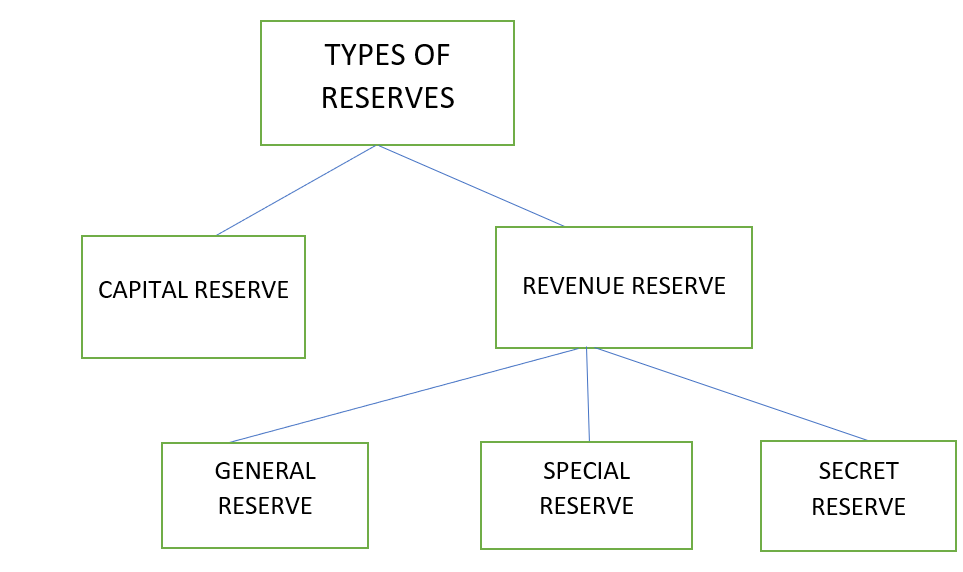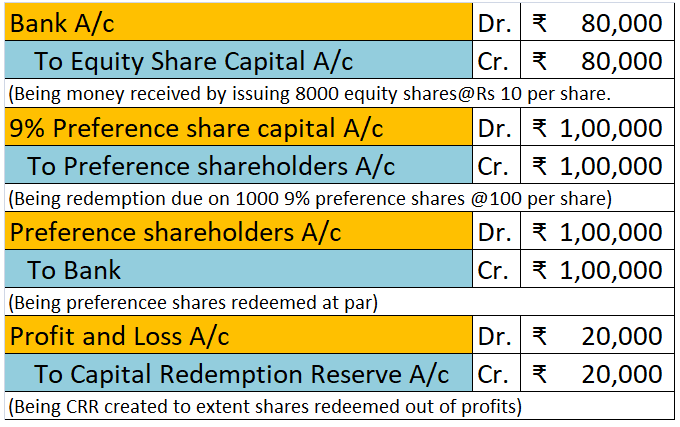Everyone must have heard about the term “cooking the books”. This term is generally associated with Creative accounting. In simple words, Creative accounting is a method of accounting in which the management tries to show a better picture of the business than the reality. Let us now understand thisRead more
Everyone must have heard about the term “cooking the books”. This term is generally associated with Creative accounting. In simple words, Creative accounting is a method of accounting in which the management tries to show a better picture of the business than the reality. Let us now understand this concept in detail.
What is Creative accounting?
Creative accounting is a method of accounting in which the management manipulates the books of accounts by finding loopholes to showcase a better image of the business.
It is a practice of using accounting loopholes to make a company’s financial position look better than it really is. It is not exactly illegal but it is more of a gray area.
For example, a business may delay reporting expenses to increase the profits to present a better short-term position.
The goal of creative accounting is to impress the shareholders, investors, get loans or boost stock prices.
However, this can also be very risky and have serious consequences. It can reduce the trust of the investors and customers. In some cases, like Enron and WorldCom the world has seen how creative accounting lead to legal consequences.
Common Techniques of Creative Accounting
Some of the common techniques used by the business to manipulate the financial position are as follows:
- Revenue Recognition: Techniques such as recognizing revenue before it is actually earned is a method of creative accounting.
- Expense manipulation: Delaying the recognition of expenses to show a better position of the business in a short-term.
- Undervaluing liabilities: Undervaluing the liabilities of the business by not recognizing any future costs such as insurance or warranty etc.
- Asset Valuation: Overstating the value of asses or high amount of depreciation can be some ways of manipulating the value of assets.
- Tax avoidance: This is a way of reducing the tax liability by manipulating the financial statements to lower the profits.
- Cookie jar accounting: This is a method in which profits in the good years are saved in excess to use in the years of difficulty.
Ethical implications of Creative Accounting
There are several ethical implications with respect to creative accounting. Some of these are discussed below:
- Misleading Stakeholders: Creative accounting is a method to mislead the stakeholders including the investors, creditors, government, etc. This can lead to loss of trust.
- Loss of trust: The shareholders will lose trust over the company if the manipulation is discovered. Creative accounting breaches the fundamental of honesty.
- Non – compliance: Creative accounting leads to the non-compliance of the rules and regulations of the country which requires the businesses to follow certain accounting and reporting standards.
- Unfair competition: Creative accounting can make a company look more profitable and stable than it actually is, misleading investors and customers. This can leave honest businesses, who follow the rules, at a disadvantage.
- Moral responsibility: Management and business has the moral responsibility of working in the best interest of the society and the stakeholders.
Conclusion
The key takeaways from the above discussion are as follows:
- Creative accounting is the practice of using accounting loopholes to make a company’s financial position look better than it really is.
- The goal of creative accounting is to impress the shareholders, and investors, get loans, or boost stock prices.
- Revenue recognition, expense manipulation, and asset valuation are some of the common techniques of Creative accounting.
- The ethical implications of creative accounting include misleading stakeholders, eroding trust, compromising regulatory compliance, promoting unfair competition, neglecting moral responsibility, etc.
See less




Let us first understand what working capital is. Working capital means the funds available for the day-to-day operations of an enterprise. It is a measure of a company’s liquidity and short term financial health. They are cash or mere cash resources of a business concern. It also represents the exceRead more
Let us first understand what working capital is.
Working capital means the funds available for the day-to-day operations of an enterprise. It is a measure of a company’s liquidity and short term financial health. They are cash or mere cash resources of a business concern.
It also represents the excess of current assets, such as cash, accounts receivable and inventories, over current liabilities, such as accounts payable and bank overdraft.
Sources of Working Capital
Any transaction that increases the amount of working capital for a company is a source of working capital.
Suppose, Amazon sells its goods for $1,000 when the cost is only $700. Then, the difference of $300 is the source of working capital as the increase in cash is greater than the decrease in inventory.
Sources of working capital can be classified as follows:
Short Term Sources
Long Term Sources
Another point I would like to add is that, although depreciation is recorded in expense and fixed assets accounts and does not affect working capital, it still needs to be accounted for when calculating working capital.
See less